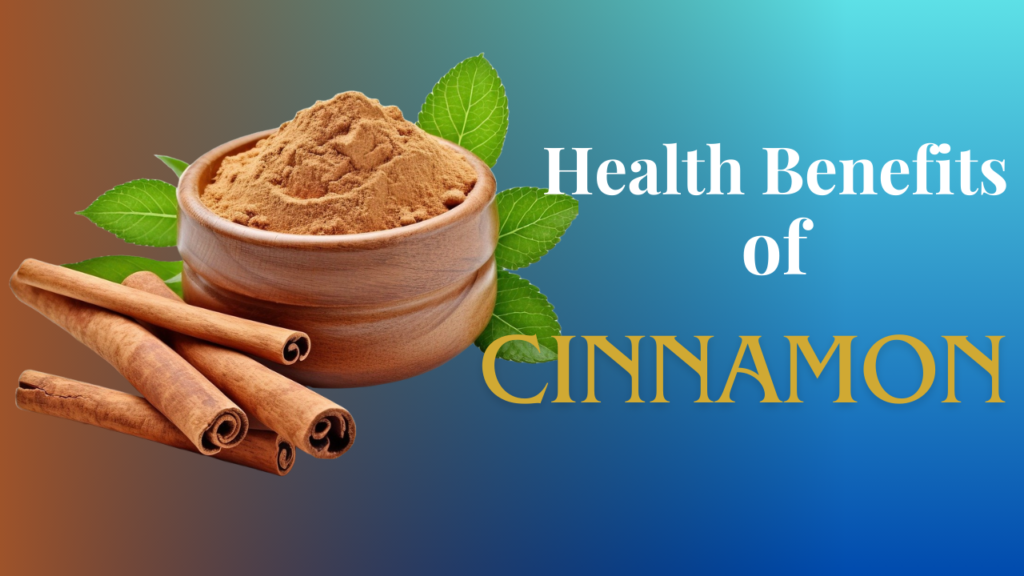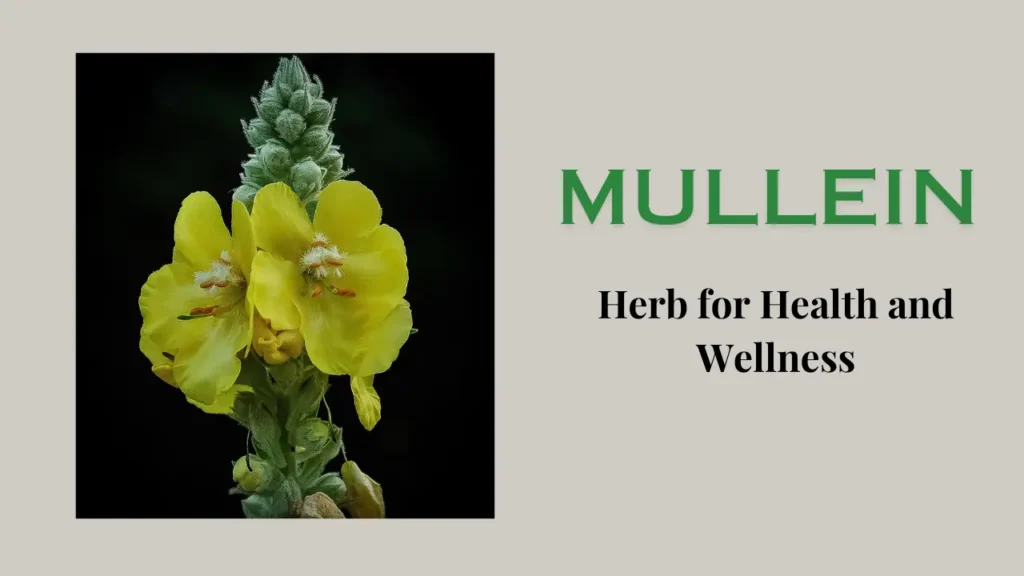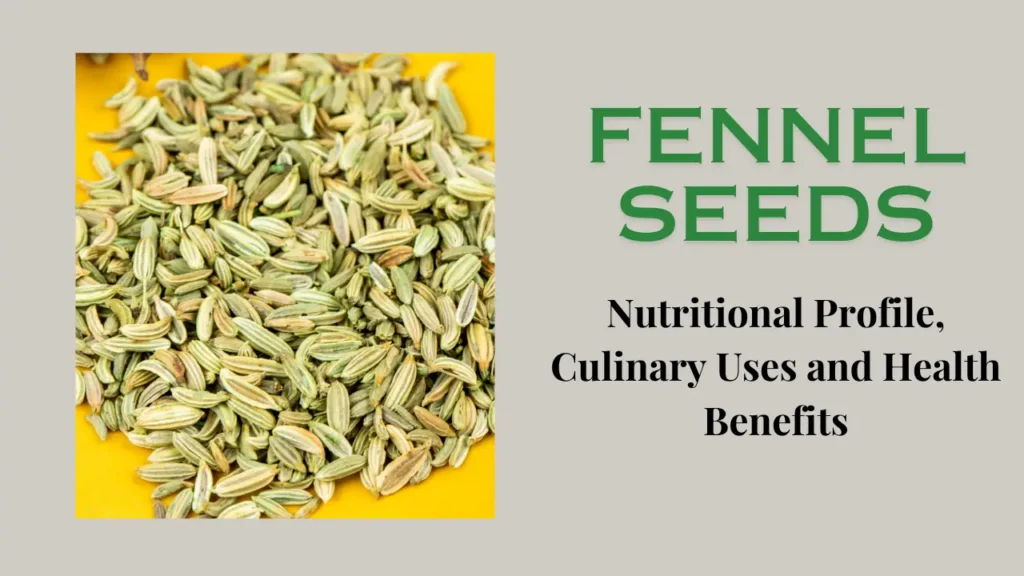Sage herb, scientifically known as Salvia officinalis, has been a cherished botanical treasure for centuries. This aromatic perennial plant, native to the Mediterranean region, offers a variety of culinary and medicinal benefits. Its unique flavor profile, health-enhancing properties, and rich cultural heritage make sage a valuable addition to any kitchen or herb garden.
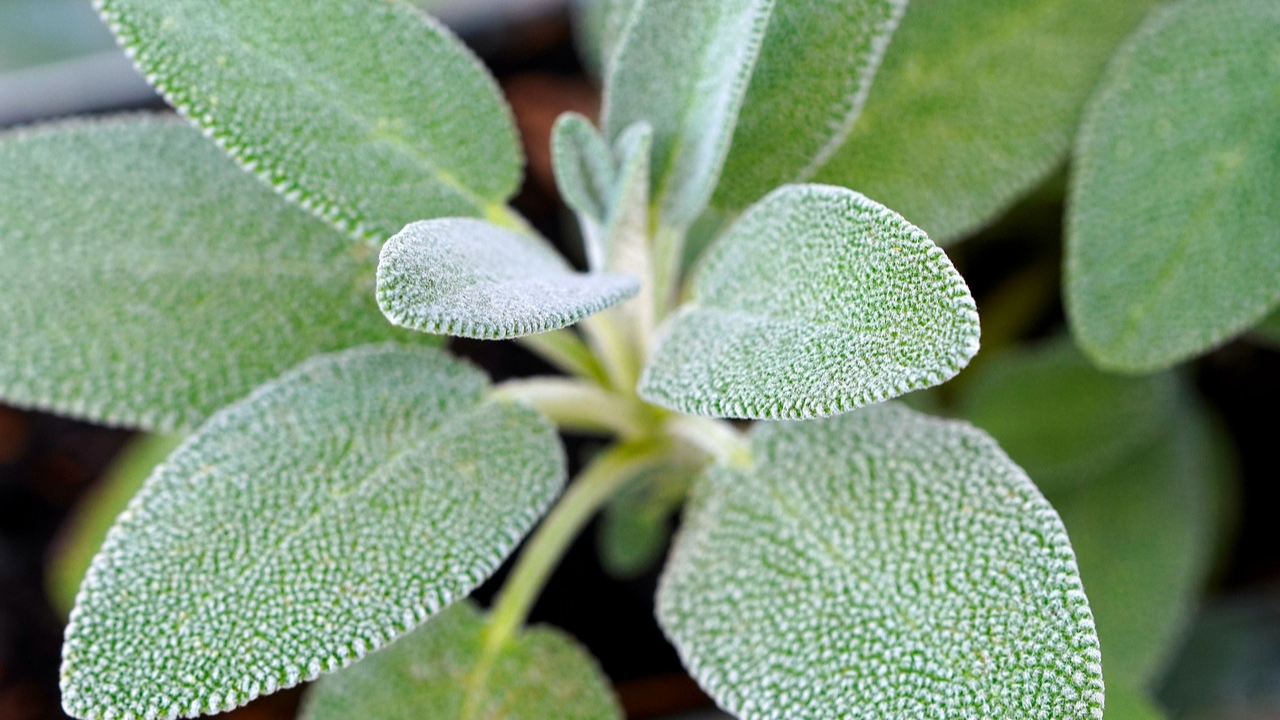
Table of Contents
Origins of Sage Herb
- The sage herb has a rich historical significance dating back to the Roman and Greek civilizations, where it was highly regarded for its medicinal and culinary properties.
- In ancient times, sage was used in various traditional medicines and herbal remedies. It played an important role in folklore and was often associated with wisdom, longevity, and purification rituals. The herb’s cultural roots have given it a sense of reverence and mystery that continues today.
Notable Varieties of Sage Herb
Common Sage (Salvia officinalis)
- This is the most widely recognized and commonly used variety of sage.
- It is famous for its culinary and medicinal applications.
- Common sage has aromatic gray-green leaves and produces small, purple flowers.
- Its strong flavor and aroma make it an excellent choice for flavoring a variety of dishes.
Pineapple Sage (Salvia elegans)
- As the name suggests, this sage variety is known for its delightful pineapple-like scent.
- It has vibrant red flowers that add a splash of color to gardens.
- Pineapple sage is often used to infuse beverages, make refreshing teas, and add fruity flavor to culinary creations.
Clary Sage (Salvia sclarea)
- Clary sage is highly valued for its essential oil and therapeutic properties. It is known for its large, heart-shaped leaves and beautiful clusters of white to pale pink flowers.
- Clary sage essential oil is often used in aromatherapy to promote relaxation and reduce stress.
Read also: Slippery Elm

Culinary Applications of Sage Herb
As Flavor Profile and Complementary Ingredients
- Slightly peppery flavor with intriguing hints of eucalyptus and citrus.
- Its unique flavor enhances a wide range of dishes, making it a versatile herb in the culinary world.
- Sage pairs exceptionally well with meats such as pork, chicken, and turkey, as well as a variety of cheeses, vegetables, and breads
Use of sage in many cuisines
- Traditional Stuffing: Sage is a key ingredient in classic stuffing recipes for roast poultry and game. Its pungent flavor imparts a distinctive flavor that complements the savory richness of the meat.
- Infused Oils, Vinegar, and Butters: Sage leaves can be used to infuse oils, vinegar, and butter, adding depth and aroma to recipes. These blended mixes can be poured over salads, grilled vegetables, or pasta dishes to enhance their flavor.
- Pasta Dishes, Risottos, and Sauces: Sage brings a delightful herbal touch to pasta dishes, risottos, and sauces. It can be added to cream-based sauces, tomato-based sauces, or combined with brown butter to create a deliciously aromatic sauce.
- Sage-Infused Teas, Cocktails, and Mocktails: Sage leaves can be steeped in hot water to make a delicious and aromatic herbal tea. Additionally, sage can be blended or used as a garnish in cocktails and mocktails, offering a unique twist to your favorite beverages.
- Sweet Treats: Sage can be incorporated into desserts, such as adding it to ice cream or adding it to shortbread cookies, providing a pleasant herbal note that complements the sweetness.
Health Benefits of Sage Herb
Rich in Nutrients
- The sage herb is rich in essential nutrients including vitamins A, C, and K, as well as minerals such as calcium, iron, and manganese. It is also rich in antioxidants, which help protect the body from oxidative stress and support overall health.
Its Essential Oil provides many Health Benefits
- Sage contains essential oils, including thujone and cineole, which contribute to its many health benefits. These oils have antimicrobial, anti-inflammatory, and antioxidant properties, making sage a valuable herb for a variety of medicinal applications.
It Promotes Digestive Health
- Sage has been used traditionally to improve digestive health. It contains compounds that have a calming effect on the digestive system, helping to reduce indigestion, bloating, and gastrointestinal discomfort.
It has Anti-Inflammatory and Antioxidant Properties
- The anti-inflammatory and antioxidant properties of sage make it a potential ally in combating oxidative stress and inflammation in the body. These properties may be beneficial for individuals dealing with conditions such as arthritis and inflammatory bowel disease.
- It contains over 160 specific polyphenols, which are plant-based chemical compounds. These compounds act as antioxidants in your body.
It helps in cognitive and memory enhancement
- Sage has been linked to improvements in cognitive function, memory retention, and mental clarity. It has been used in traditional medicine to support brain health and enhance focus.
It helps in enhancing Oral Health
- The natural antimicrobial properties of sage make it beneficial for oral health. Sage-infused mouth rinses or gargles can help soothe a sore throat, reduce gum swelling, and promote healing of mouth ulcers.
It may reduce Blood sugar level
- Its leaf extract lowers blood sugar and also improves insulin sensitivity with effects similar to those of rosiglitazone, another anti-diabetes drug. But there is still not enough evidence for this and more human research is needed.
How to Grow Sage Herb
Ideal Conditions to Grow It
- Sage thrives in full sunlight and well-drained soil. It prefers a moderate climate, but it can tolerate a range of conditions. If you’re growing sage indoors, make sure it gets enough sunlight, or use artificial grow lights to meet lighting requirements.
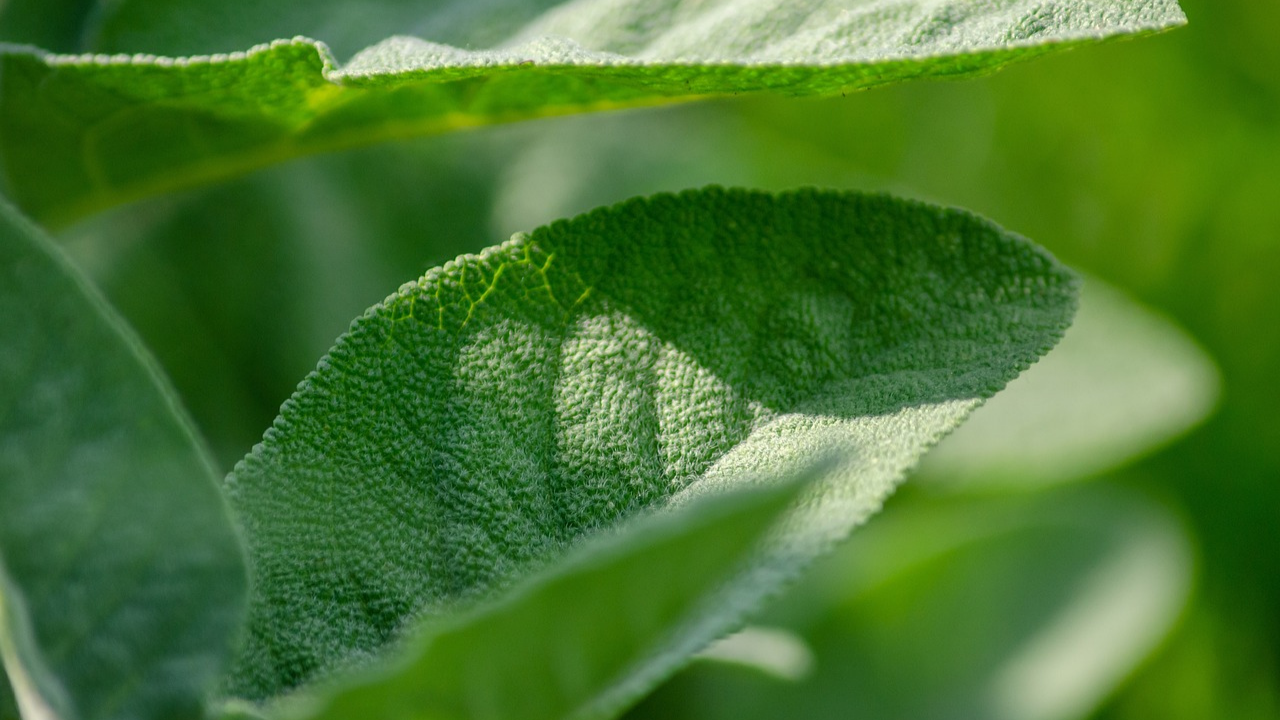
Propagation and Maintenance Techniques
- Sage can be propagated from seeds, cuttings, or purchased plants from nurseries. It is a low-maintenance herb that requires minimal care. Regular pruning of the plant encourages bushy growth, and proper watering and fertilization promote healthy foliage.
Method of Harvesting and Storing sage
- For optimum flavor and potency, it is best to harvest sage leaves just before flowering occurs on the plant.
- Harvesting in the morning, after the dew has dried, helps to retain the essential oil.
- Fresh sage can be used right away, or it can be dried, frozen, or stored in airtight containers for later use.
Uses and Precautions
In addition to culinary and medicinal applications, sage can be used in a variety of alternative ways. The fragrant leaves can be used to make scented potpourris or sachets to freshen living spaces.
However, it is important to note that sage should be used in moderation and that individuals with specific medical conditions or who are pregnant or lactating should consult with health professionals before using sage for medicinal purposes.
Conclusion
In conclusion, sage herb’s origins, varieties, culinary uses, health benefits, and growing guidelines make it a versatile and beneficial addition to any kitchen or herb garden. Whether you want to add flavor to your dishes, seek a natural remedy, or simply enjoy the sensory pleasures of this remarkable herb, sage offers many possibilities for everyone to taste and benefit from.

